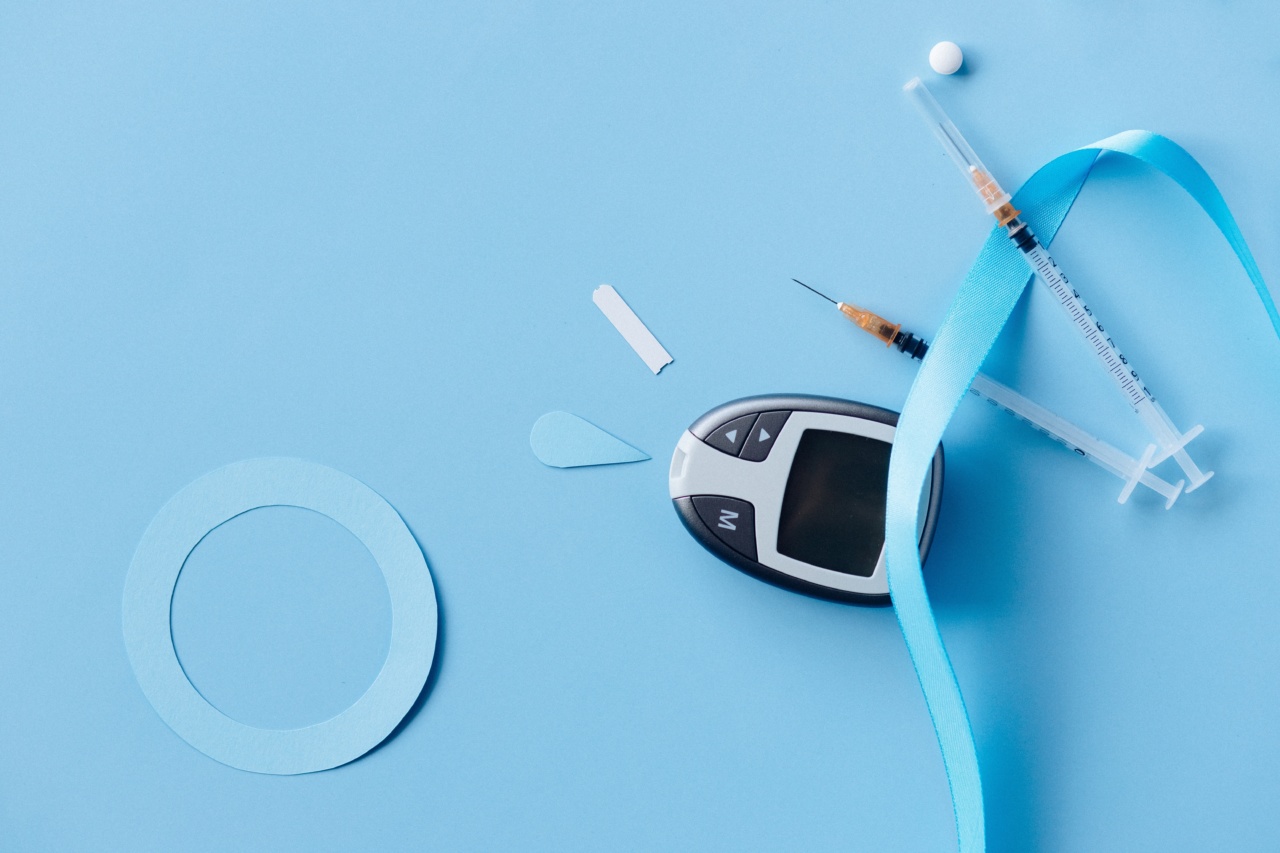For people with diabetes, managing their blood sugar levels is a constant challenge. To do so, many people must regularly check their blood sugar levels, take insulin, and carefully monitor their food intake.
However, researchers have been working for years on developing an artificial pancreas, which could revolutionize the treatment of diabetes.
What is an Artificial Pancreas?
An artificial pancreas is a medical device that automatically monitors a person’s blood sugar levels and administers insulin as needed.
It consists of a continuous glucose monitoring (CGM) device, an insulin pump, and a computer algorithm that controls the delivery of insulin.
How Does It Work?
The CGM device continuously measures a person’s blood sugar levels and sends the readings to the computer algorithm.
Based on the person’s blood sugar readings, the algorithm determines how much insulin the person needs and instructs the insulin pump to deliver it.
The insulin pump then delivers the insulin through a small tube inserted under the skin. The pump can be worn on the body, much like a pager, or it can be integrated into clothing or other wearable devices.
Benefits of an Artificial Pancreas
An artificial pancreas has the potential to vastly improve the lives of people with diabetes.
By automating insulin delivery, it could help to reduce the risk of both high and low blood sugar levels, which can cause a range of serious complications, from nerve damage to kidney failure. It could also help to reduce the burden of diabetes self-management and improve quality of life for those with the condition.
Research and Development
Artificial pancreas technology is still in the development stages, but progress is being made. In 2016, the US Food and Drug Administration approved the first artificial pancreas system, the Medtronic MiniMed 670G, for people with type 1 diabetes.
Other artificial pancreas systems are currently in development, with some already in clinical trials.
Challenges to developing artificial pancreas technology include ensuring accuracy and reliability of the CGM, developing algorithms that can accurately predict insulin needs, and designing pump technology that is comfortable, discreet, and reliable.
Cost and Accessibility
As with any new medical technology, cost and accessibility are important considerations. The cost of an artificial pancreas system can be high, with some systems costing upwards of $10,000.
Insurance coverage can vary, and not all insurance plans cover artificial pancreas systems.
Increasing access to artificial pancreas technology will likely require further research and development to reduce costs and increase reliability, as well as advocating for insurance coverage and government support.
Conclusion
An artificial pancreas has the potential to revolutionize diabetes treatment by automating insulin delivery and reducing the risk of complications.
While there are still challenges to overcome, progress is being made in developing and improving this technology.































